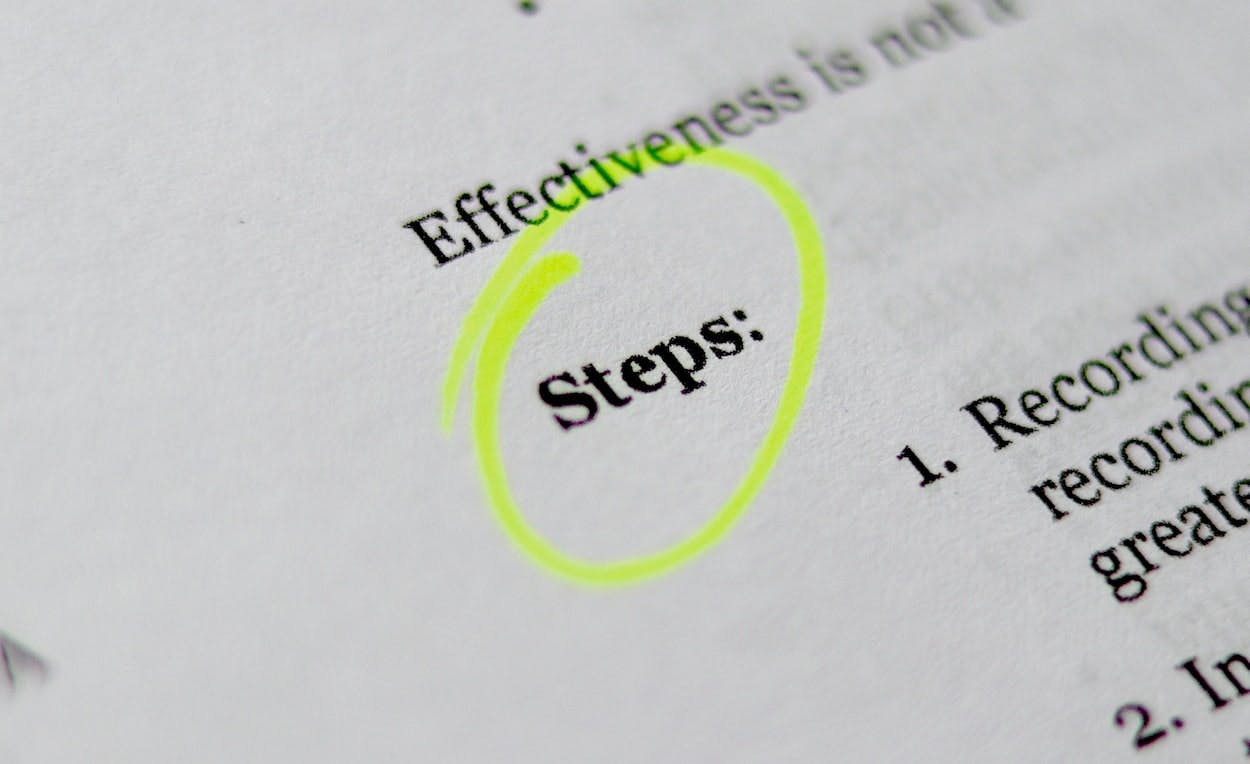
Steps Quality Assurance Engineers Must Take After Being Assigned Tickets

steps Quality Assurance engineers should perform when they receive a new ticket from a developer that is ready for testing
Quality Assurance (QA) engineers play a critical role in ensuring the quality and functionality of software products. When they receive a new ticket from a developer that is ready for testing, they should follow a set of steps to ensure that the software meets the requirements and is free from defects.
Understand the requirements:
The first step for a QA engineer is to understand the requirements of the software. This includes reading the ticket, discussing with the developer, and reviewing any documentation provided. They should ensure that they have a clear understanding of what the software is supposed to do, and what the expected outcome is.
Plan the test:
Once the requirements are understood, the QA engineer should plan the test. This includes identifying the test cases that need to be run, the test data that will be used, and the expected results. The test plan should also include any dependencies, such as the need for specific hardware or software to run the test.
Execute the test:
With the test plan in place, the QA engineer can begin executing the test. This includes running the test cases, collecting the results, and comparing them to the expected results. The QA engineer should pay attention to any unexpected results or failures, and document them for further investigation.
Analyze the results:
After the test has been executed, the QA engineer should analyze the results. This includes reviewing any failures or unexpected results and determining the root cause of the issue. They should also review the overall test results to ensure that the software meets the requirements.
Report the results:
The final step for the QA engineer is to report the results of the test to the developer. This includes any issues found during the test, the root cause of the issue, and any recommendations for resolving the issue. The QA engineer should also provide a summary of the overall test results, including any metrics such as test coverage or pass/fail rate.
By following these steps, QA engineers can ensure that the software they are testing meets the requirements and is free from defects. This helps to ensure that the software is of high quality and is fit for its intended purpose.
More Posts
Blocking Ad Traffic In Nightwatch JS

Example showing how you can block unwanted ad traffic in your Nightwatch JS tests....
Blocking Ad Traffic In Cypress

Example showing how you can block unwanted ad traffic in your Cypress tests....
Three Ways To Resize The Browser In Nightwatch

Outlining the three different ways to resize the browser in Nightwatch JS with examples....
Happy Path VS Sad Path Testing

As a test engineer it is crucial that both happy path and sad path use cases have been considered and fully tested...



